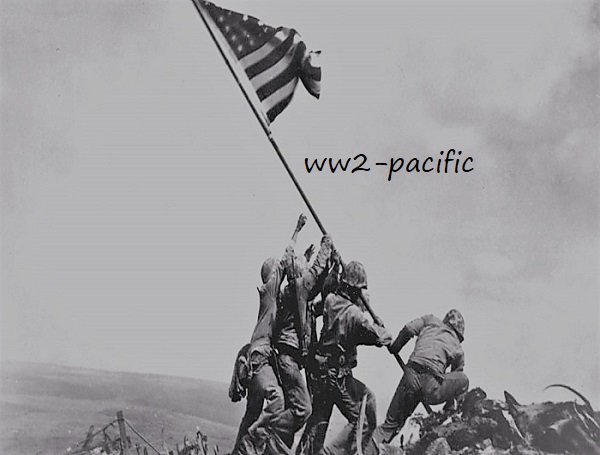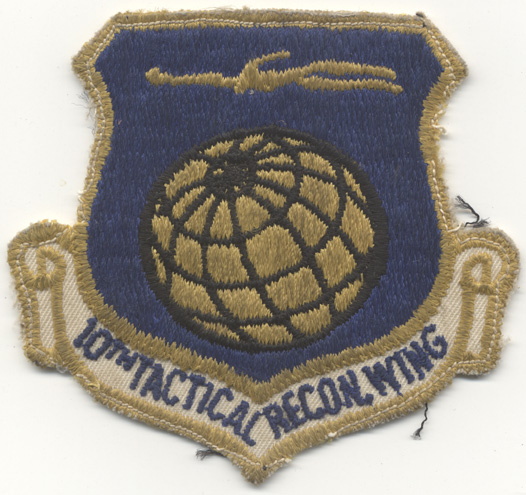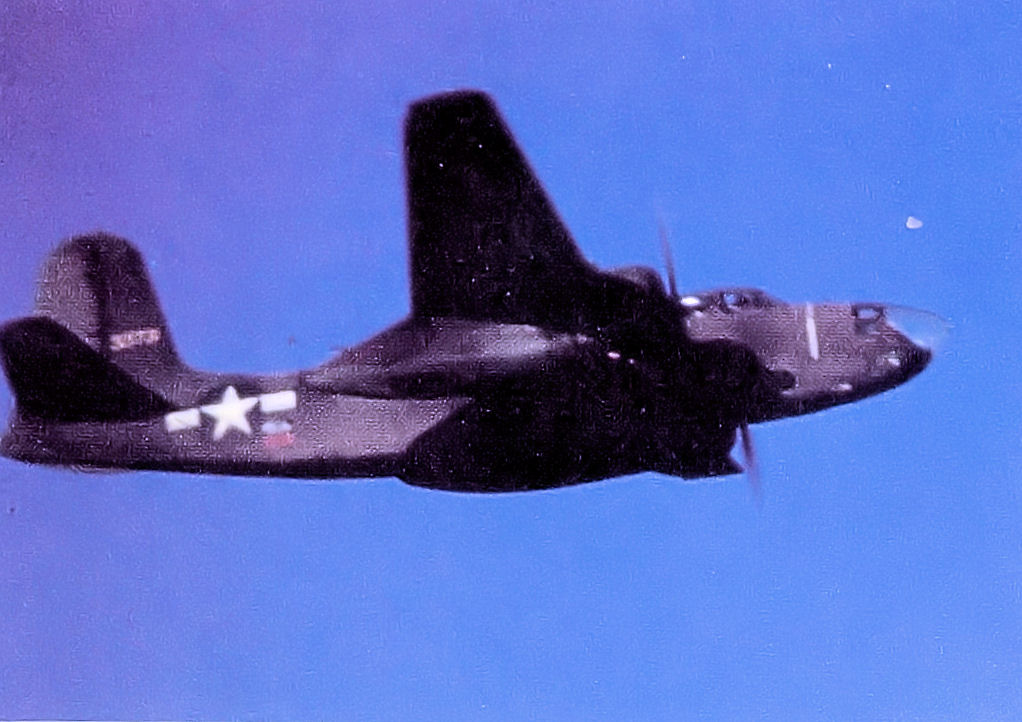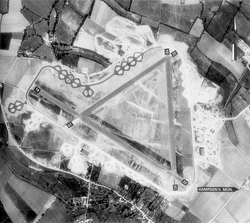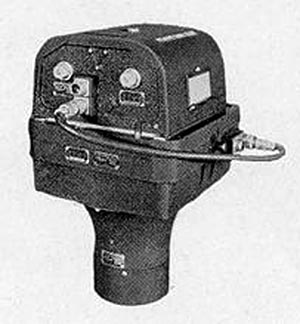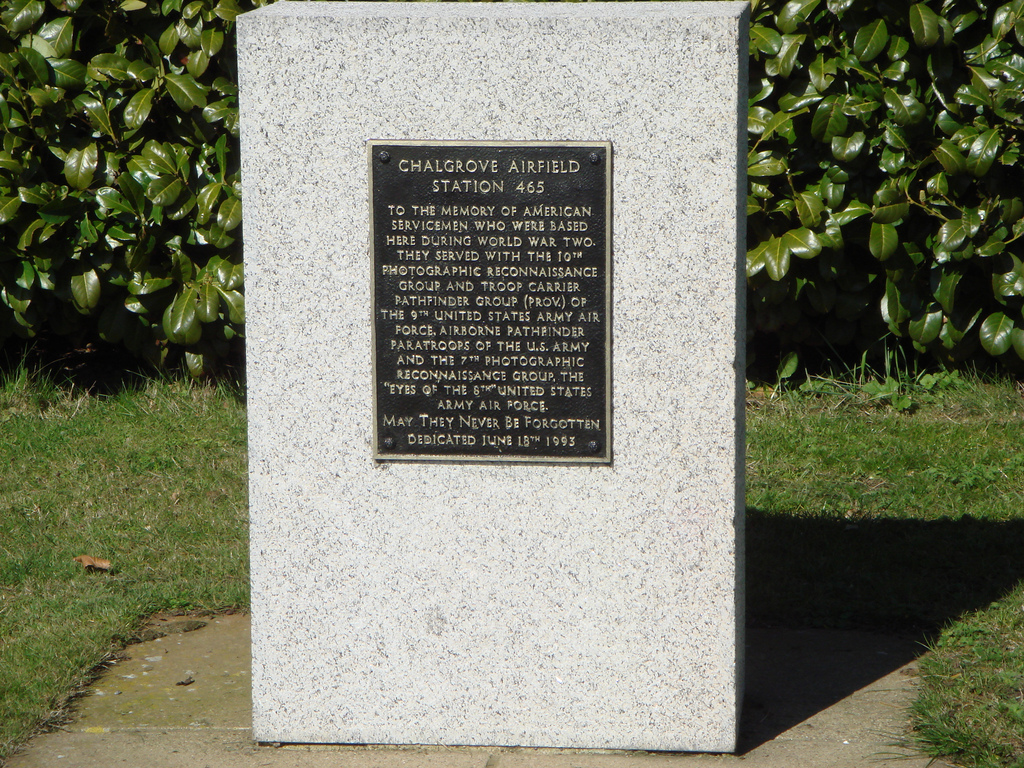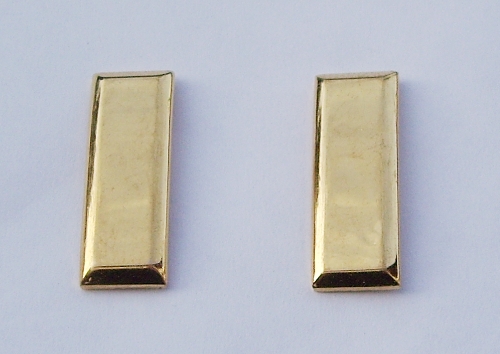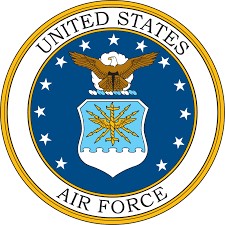Rank and Name, 2nd Lieutenant Thomas Martin.
Unit/Placed in, 155th Photographic Squadron, 10th Reconnaissance Group.
Thomas is born approx. on 1 March 1919 in Wells, North Dakota.
Father, Christof K. Martin.
Mother, Mary (Rust) Martin.
Sister(s), Laura and Helen Martin.
Brother(s), Clarence, Tobias, Ervin and Leonard Martin.
Thomas enlisted the service in North Dakota with service number # O-887854.
Thomas ‘s Crew-members and their position on-board the plane a F-3A were,
1st Lt. Joseph E. Ryan Pilot
2nd Lt. Thomas Martin Navigator
S/Sgt. John M. Smith Gunner
Thomas Martin and the Crew were Killed in Action when their plane crashed, together with 1st Lt. Joseph Ryan, and SSgt. John Smith they are interred together at Lorraine American Cemetery in France. Due to the extreme severity of their wounds, the individual men could not be identified, on Nov 4, 1944, and he is honored with an Air Medal with 2 Oak Leaf Cluster, Purple Heart, Good Conduct Medal, American Campaign Medal, Army Presidential Unit Citation, European-African-Middle Eastern Campaign Medal, WW II Victory Medal.
Thomas and the crew are buried at Lorraine American Cemetery and Memorial, Saint-Avold, Departement de la Moselle, Lorraine, France.
Thanks to, http://www.airrecce.co.uk/
Jean Louis Vijgen, ww2-Pacific.com and Europe 1940-1945 on Facebook.
Air Force Info, Rolland Swank.
ABMC Website, https://abmc.gov
Marines Info, https://missingmarines.com/ Geoffrey Roecker
Seabees History Bob Smith https://seabeehf.org/
Navy Info, http://navylog.navymemorial.org
POW Info, http://www.mansell.com Dwight Rider and Wes injerd.
Philippine Info, http://www.philippine-scouts.org/ Robert Capistrano
National Historian
Navy Seal Memorial, http://www.navysealmemorials.com
Family Info, https://www.familysearch.org
Info, https://www.pacificwrecks.com/
Medals Info, https://www.honorstates.org
Find a Grave, https://www.findagrave.com
Tank Destroyers, http://www.bensavelkoul.nl/
The 10th Tactical Reconnaissance Group’s origins begin as the 73rd Observation Group, being Constituted on 21 August 1941. The 73d was activated on 1 September 1941 and assigned to First Air Force. Engaged in training activities, participating in the Tennessee Maneuvers at Camp Campbell, Kentucky in 1943. Underwent several re-designations as Reconnaissance group, then Tactical Reconnaissance Group. Equipped variously with A-20 Havocs; P-40 Warhawks; P-51 Mustangs as well as L-1 and L-4 light observation aircraft. After the end of the maneuvers, conducted movement to Key Field, Mississippi in preparation for overseas movement.
Reassigned to Third Air Force in December 1943 and redesignated as 10th Photographic Group (Reconnaissance) in December 1943.
The group deployed overseas to the European theater, January–February 1944, for duty with Ninth Air Force at RAF Chalgrove, England. At Chalgrove, the group consisted of six photographic squadrons flying a variety of reconnaissance aircraft. These were the photographic versions of the P-38 Lightning (F-5) and P-51 Mustang (F-6). In addition the unit also flew the Stinson L-1 Vigilant and L-5 Sentinel along with the Piper L-4 Grasshopper light observation aircraft. It photographed airfields, coastal defenses, ports, and made bomb-damage assessment photographs of airfields, marshaling yards, bridges, and other targets in preparation for the Normandy invasion. The 10th received a Distinguished Unit Citation for flying at low altitude to photograph the English Channel coast from Blankenberge to Dunkirk and from Le Touquet to Saint-Vaast-la-Hougue prior to the D-Day invasion during 6–20 May 1944.
In May 1944 the 30th PRS moved to RAF Middle Wallop and it was replaced by the 423rd Night Fighter Squadron with A-20 Havocs (F-3A) from RAF Charmy Down which was used for night photo reconnaissance.
The group supported the Normandy invasion in June by making visual and photographic reconnaissance of bridges, artillery, road and railway junctions, traffic centres, airfields, and other targets. A deployment re-appraisal in June 1944 led to the decision to assign a tactical recon squadron to support the needs of the ground forces on the continent. To this end, the group’s 15th Tactical Photographic Reconnaissance Squadron (15th TPRS) was transferred in from RAF Middle Wallop on 27 June flying F-6/P-51B Mustangs. The mission of the 15th TPRS was to fly low level missions whereas the F-5 Lightnings would fly at higher altitudes.
After the invasion the 15th TPRS moved into France first, to the Advanced Landing Ground at Rennes – St-Jacques, France (ALG A-27) on 10 August. The other squadrons of the 10th moved over the next few weeks, the last being the 155th which moved to France in mid-August.
On the continent, the 10th RG aided the US Third Army and other Allied organizations in the battle to breach the Siegfried Line, September–December 1944. The group participated in the Battle of the Bulge, December 1944 – January 1945, by flying reconnaissance missions in the combat zone. From February 1945 to V-E Day, the 10th RG assisted the advance of Third Army across the Rhine, to Czechoslovakia and into Austria, eventually being stationed at Fürth, Germany (ALG R-30) when hostilities ended.
